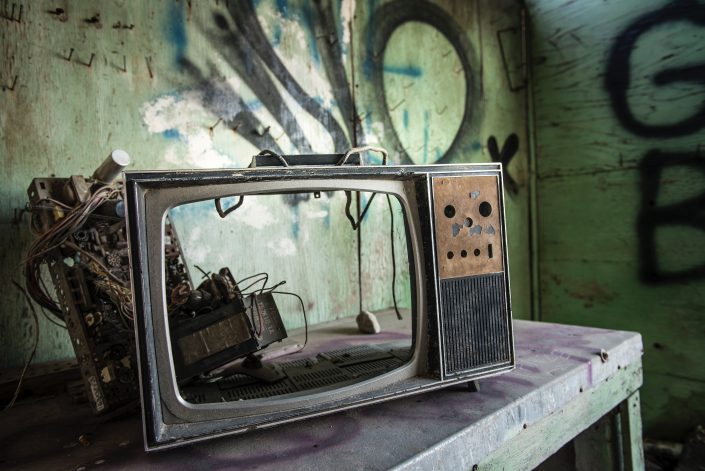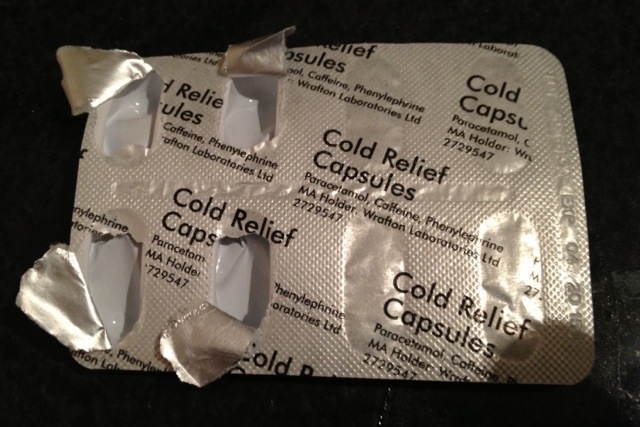‘Broadcasting’ rules need to keep up with streaming services to protect health

A couple of news stories I’ve read lately have made me think about our approach to regulation of advertising.
First, there was this story by Travis M Andrews in The Washington Post about the portrayal of smoking in shows made for streaming services:
Among the vices often embraced by streaming services and avoided by broadcast television is tobacco in all in its forms … A study compared seven popular Netflix shows to seven popular broadcast shows. In this sample, it found Netflix’s shows featured characters smoking almost three times as often as those produced by broadcast networks like NBC, ABC and CBS.
Now, we could spend all day poking holes in this ‘study’, but the thought is still going to fester: it does seem like there might be more smoking in these shows than in those on broadcast TV.
Second, there was this BBC Trending story by Branwen Jeffreys and Edward Main about YouTube stars being paid to encourage kids to cheat on school assignments:
YouTube stars are being paid to sell academic cheating, a BBC investigation has found. The BBC Trending investigation uncovered more than 1,400 videos with a total of more than 700 million views containing EduBirdie adverts selling cheating to students and school pupils. In some of the videos YouTubers say if you cannot be bothered to do the work, EduBirdie has a “super smart nerd” who will do it for you.
This isn’t so obviously related to health but does highlight an issue with inappropriate advertising within online streams which are typically seen by children and young people.
Both of these stories made me reflect on the work that has gone into restricting advertising of harmful products such as cigarettes and energy dense foods, and how the fruit of that work might be lost if legislation doesn’t keep up with changing media consumption habits.
For example, there are no regulations around the portrayal of smokers on streaming shows, whereas broadcast shows must comply with Ofcom’s rules, including Rule 1.10:
Smoking must generally be avoided … unless there is editorial justification.
There seems to be non-stop debate in the media press about whether TV ads or online ads are more ‘impactful’, with the conclusion usually predictable according to who has funded or published the work. But it does seem increasingly clear that many people (including me) are now watching more streamed content than broadcast content, and that this is more common among younger people.
It’s hard not to worry that the slow pace of legislative change might cause us to unintentionally slide back to an era of lesser regulation of what is actually seen despite strong evidence of harm. We really mustn’t let that happen.
The photo at the top was posted on Unsplash by Tina Rataj-Berard and is used here under the Unsplash licence.
This post was filed under: Health, Media, Posts delayed by 12 months, Media, Medicine, Public Health, Smoking, Television, Tobacco.






